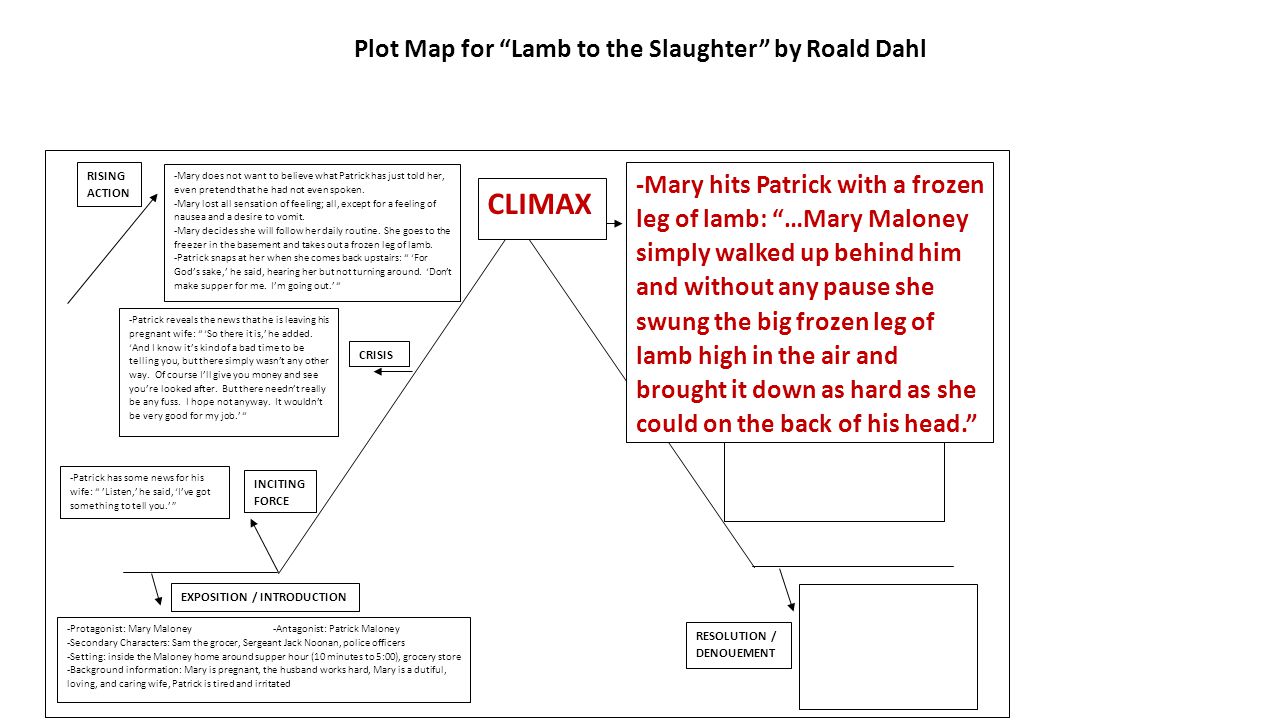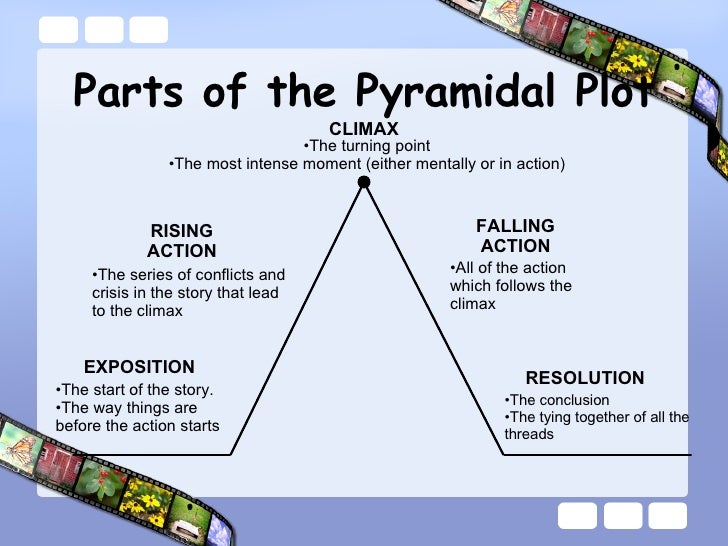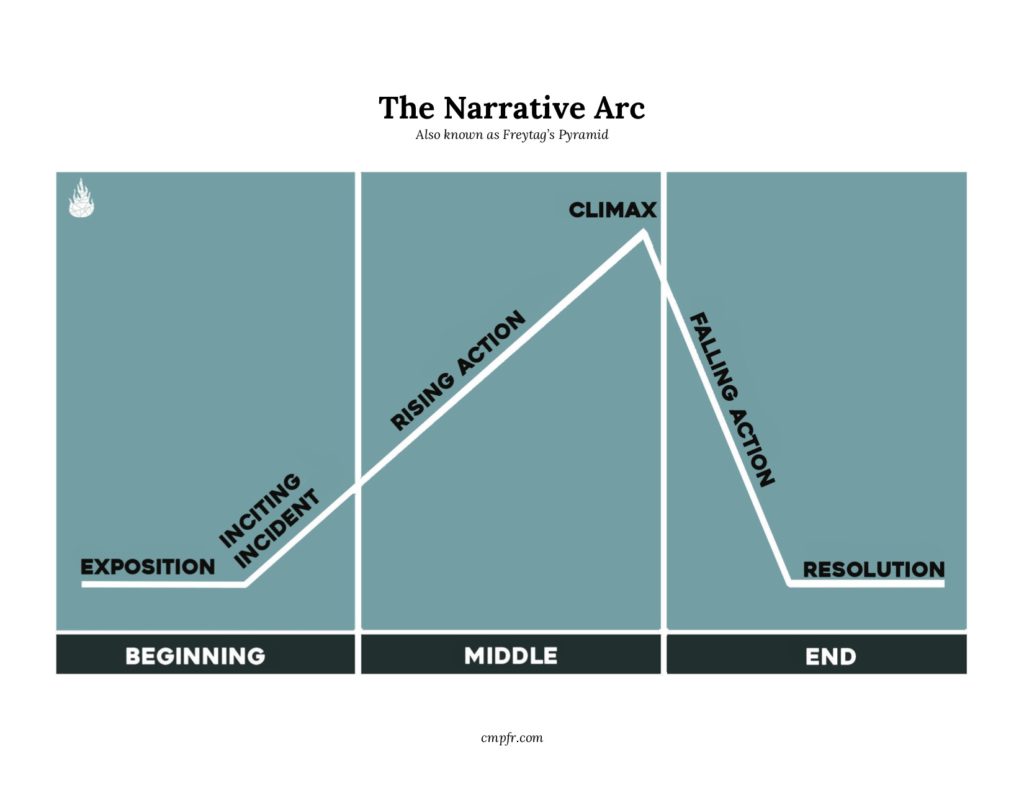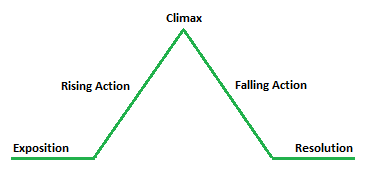Plots Exposition
The exposition is the beginning of a story, where the characters, setting, and problem are introduced. Act One generally introduces the characters and sets up the problem for the play. Exposition definition is - a setting forth of the meaning or purpose (as of a writing). How to use exposition in a sentence.
What Is A Plot Diagram?
A plot diagram is a graphical representation of the plot of the story. A story plot diagram is a line graph of story's events, beginning with the story’s start on the left and continuing toward the right, ending with the story’s conclusion.

[insert drawing of plot diagram based entirely on the one from the existing piece; there’s nothing wrong with it]
Whether writing creatively or analyzing another author’s writing, you can study the plot structure and storyline using a plot diagram.

- Elements of Plot
Plot Exposition Climax Resolution
Elements Of Plot
The plot of a story is the unfolding sequence of events. Just about every story has the same parts of the plot. The six parts of a story are:
- Exposition
- Conflict
- Rising action
- Climax
- Falling action
- Resolution
These six elements break down into three chronological segments. Each segment of the story usually has two elements.
- Beginning – contains the exposition and establishes the story’s conflict.
- Middle – contains the rising action and the story’s climax.
- Conclusion – contains the falling action and resolution.
Exposition
Exposition in a plot introduces of the story’s setting, mood, the main character, supporting characters, and time. Character development happens during this part of the story.
Conflict

Conflict is the problem, crisis, challenge, dilemma, or obstacle presented to the main character.
Rising Action
The rising action is a sequence of solutions to the conflict that the main character tries; it is all the events leading to the turning point of the story. It can be identified by increasing tension, emotion, difficulty, or challenge.
Climax
The climax of the story is the peak of excitement, the moment when the story changes (a turning point), the main character, and the problem is resolved.

Falling Action
The Falling action is all the plot points wrapping up, the consequences of the climax, and reflection on the changes in the main character. It can be identified by decreasing tension, an approaching resolution, and relaxation of emotion.
Resolution Of A Story
The resolution is the plot’s end, whether that resolution is a happy ending or sad ending, fun or frightening, satisfying or unsatisfying. The resolution might tie up loose ends or leave important elements of the story unresolved.
Plot Diagram Example
We can take the simplest of tales, such as Little Miss Muffet, to practice constructing a plot diagram. Here is the original nursery rhyme:
Little Miss MuffetSat on a tuffet,Eating her curds and whey;Along came a spiderWho sat down beside herAnd frightened Miss Muffet away.
What is the story’s beginning? Who is the main character? What is the setting? At the story’s beginning, we are introduced to Miss Muffet, who is sitting on a tuffet (a hassock), eating cottage cheese.
In the rising action, what conflict does our main character face? She must deal with the arrival of a spider. The climax of the story is how our main character solves her problem. Miss Muffet’s solution to her conflict is to run away. The conclusion of the story is abrupt; Miss Muffet left.
Little Miss Muffet is, admittedly, not a complicated or very interesting story. Yet we can diagram its plot:
With this short story, we see that our graph looks like a triangle. The story plot makes a pyramid shape with an even amount of story on either side of the climax.
Plot Exposition Of Hamlet
For pieces more complicated than a simple nursery rhyme, the story’s divisions may not be equal. The rising action may consume much of the story, moving very slowly toward a climax in the story’s middle. The middle part may take up more of the total story; the ending may be very brief. This means the plot diagram is no longer symmetrical.
Plot Exposition Rising Action Climax
From Shakespeare to Sci-Fi, just about every work of fiction can be worked out on a plot diagram. Using a plot diagram helps you sort out and identify the plot’s elements, whether you are studying an existing work or writing your own creative fiction.
A plot diagram provides the bare bones of a story. The author’s skill and artistry are in adding depth, detail, supporting characters, and many events up to and after the climax to hold the reader’s attention.